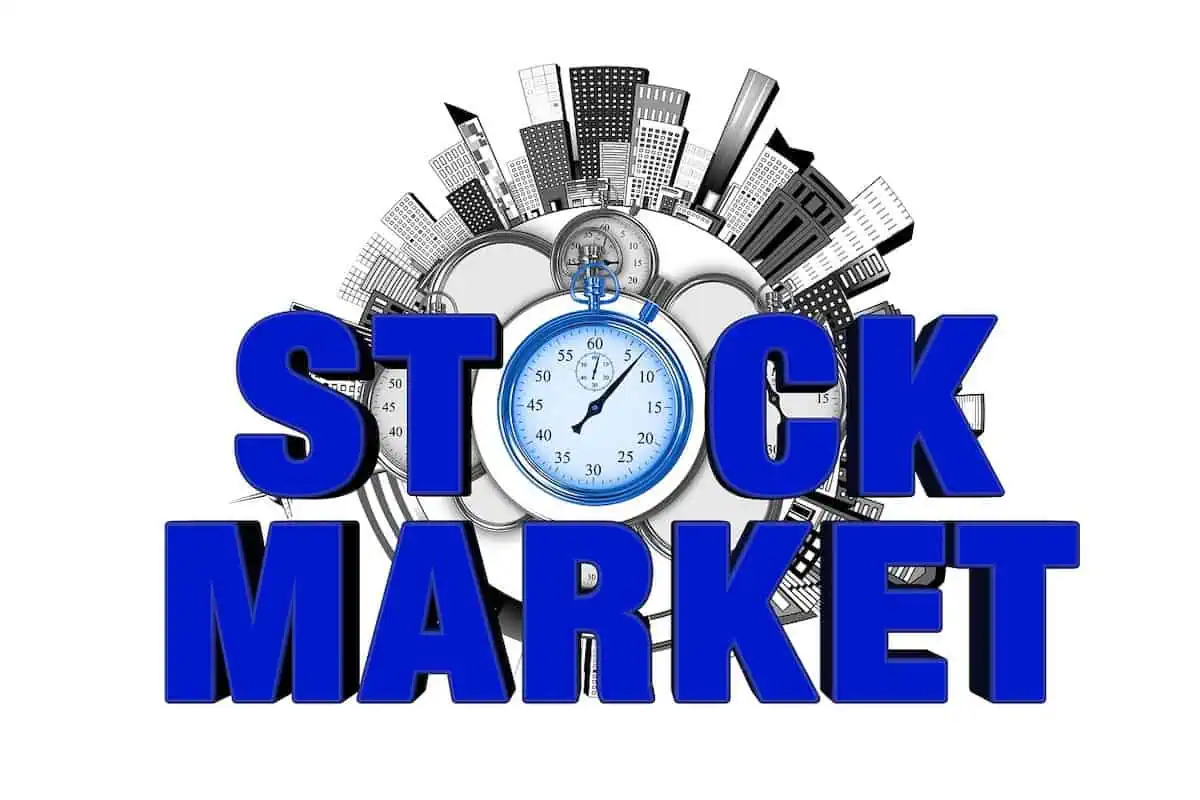When companies return value to shareholders, they typically choose between buybacks and dividends. But which method truly rewards investors? Let’s dive into the pros and cons of each strategy to determine what maximizes shareholder wealth.
Are share buybacks more advantageous than dividends, or is it situation-dependent? Immediate Code helps traders connect with firms where experts analyze the benefits of these different strategies.
A Comparative Analysis of How Buybacks and Dividends Distribute Value to Shareholders
Both share buybacks and dividends are popular ways companies return value to shareholders, but they do so in distinct ways. Dividends provide direct cash payouts to all shareholders, offering a steady stream of income, which can be appealing for investors who prefer regular returns.
On the other hand, buybacks reduce the number of outstanding shares, often leading to higher earnings per share (EPS) and potentially boosting the stock price.
Each method appeals to different investor types. Dividends are favored by income-focused investors, like retirees, who rely on steady cash flow. Buybacks, however, are more attractive to those focused on capital gains.
For example, a tech company may choose buybacks to avoid setting long-term dividend expectations, while a utility firm with stable revenue might favor dividends to reward patient shareholders.
Buybacks have the flexibility advantage: companies can adjust the amount of stock repurchased depending on market conditions, unlike dividends, which tend to be more rigid.
However, dividends provide a sense of security—investors know when and how much they will receive. Think of dividends as a paycheck, while buybacks resemble a bonus that can fluctuate.
Examining the Advantages and Disadvantages of Both Methods
When it comes to buybacks, one clear advantage is flexibility. Companies can repurchase shares when stock prices are low, making it an efficient way to return excess cash.
Buybacks also offer tax benefits in some countries, as shareholders are not immediately taxed on them like they are with dividends. On the flip side, buybacks can sometimes artificially inflate stock prices without creating real value, leading to what some critics call a short-term “stock price bubble.”
Dividends, however, provide steady and predictable returns. This can enhance a company’s reputation, attracting investors seeking reliable income.
Yet, the downside is that once a dividend is set, reducing it can send negative signals to the market, suggesting financial instability. Additionally, paying dividends might reduce the cash available for business growth or innovation.
In a nutshell, dividends feel like guaranteed deposits, while buybacks are more like strategic moves for growth-minded companies. Buybacks tend to offer more control to companies over timing, but dividends build stronger investor loyalty.
How Different Shareholder Profiles React to Buybacks vs. Dividends?
Different investors respond differently to dividends and buybacks depending on their financial goals. Long-term investors, for example, tend to prefer dividends.
For them, the steady income stream provides a predictable return, which fits with their desire to hold onto stocks for extended periods. Dividends are also less affected by short-term market volatility, making them a safer option for conservative investors.
Short-term investors, on the other hand, may lean towards buybacks. Buybacks can drive up the stock price quickly, which might lead to a fast profit opportunity. Investors who trade more frequently tend to prefer this volatility and potential for short-term gain over the consistency of dividends.
Moreover, tax-conscious investors might prefer buybacks because dividends are typically taxed as income, while share price appreciation from buybacks is only taxed when the stock is sold.
Institutional investors, such as mutual funds or pension funds, might have different preferences depending on their mandates. Funds focused on capital growth may favor buybacks, while those targeting income might lean towards dividends.
Conclusion
Both buybacks and dividends offer benefits, but the right choice depends on a company’s long-term goals and market conditions. Investors should weigh these options carefully to ensure sustained value creation.
Article and permission to publish here provided by Zoe Wilkerson. Originally written for Supply Chain Game Changer and published on November 6, 2024.
Cover image by Gerd Altmann from Pixabay.

